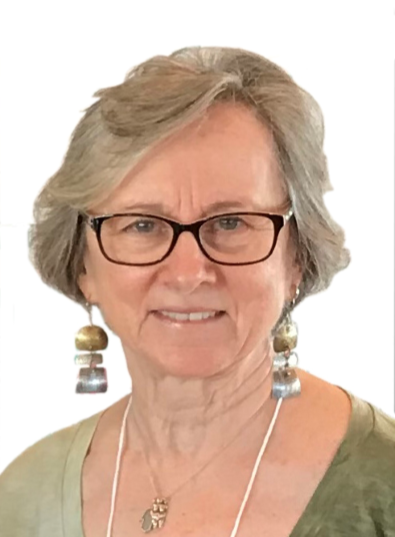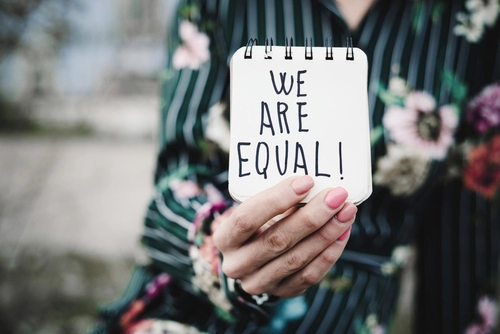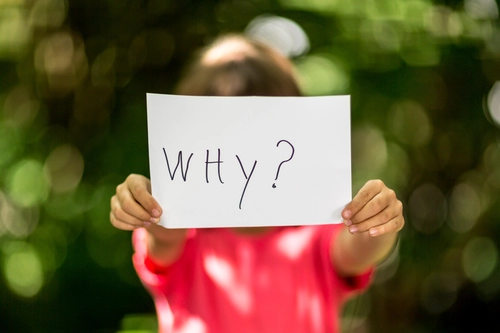1. Select a discrete app icon.

notes
To End Abuse, First End Male Entitlement
The woman behind the New York Model for Batterer Programs says her model won’t stop abuse, but it will change abusers
- Dec 25, 2019

Batterer reform programs get a lot of flak. It doesn’t help that they’re still referred to using the outdated moniker “batterer” implying abuse is limited to physical violence. And then it’s followed by “reform,” which probably makes a lot of survivors laugh. Or maybe cry.
The idea of reforming abusers is often misunderstood—the goal is not to “cure” the abuser of some infliction forcing them to abuse, it’s to educate abusive men about the “male supremist, patriarchal system that has allowed them to believe it’s okay to control women.”
Those are Phyllis Frank’s words. Frank is 77 years old and lives in Rockland County, New York. She’s been in the game for a long time, if one was cavalier enough to call domestic violence advocacy a game. Perhaps it’s more like a puzzle, and one that Frank has dedicated her life to solving.

In her septuagenarian years, Frank is still working two (at least) full-time jobs. She’s a co-founding board member of Rockland Family Shelter, now known as the Center for Safety & Change, a co-founding board member and past president of the New York State Coalition Against Domestic Violence, and the founder of—what was called in 1978—the Spouse Abuse Educational Workshop.
“In those years, you couldn’t specify a gender and expect you’d get any kind of support,” she says. Today, it’s the New York Model for Batterer Programs.
On top of that, she’s also the former director and producer of Gay Pride Rockland, a founding board member of the Rockland County Pride Center and she works with the New Orleans-based People’s Institute for Survival and Beyond and their Undoing Racism workshops. We didn’t even have time to get into how much work it is to undertake undoing racism, but we imagine it’s probably just as complex as undoing violence against women.
Untangling the Complexities of Domestic Violence in the ‘70s
Frank says she was birthed into the second wave of feminism in the 1960s, the time when Betty Friedan’s Feminine Mystique shockingly suggested that women were no longer completely fulfilled playing second fiddle to their spouses.
“I was very much caught up in [feminism] and was very aware as we were beginning to recognize that women were suffering in epidemic numbers at the hands of men who were supposed to be their husband, their best friend.” Frank says feminist journalist and activist Gloria Steinem defined domestic violence in one word: Life.
“My first work was becoming a community organizer—mostly with other women, some men—who knew we needed to establish community services and a shelter for women who needed to escape their homes.” The Battered Women’s Shelter in Rockland County, New York was one of the first shelters in the nation in the ‘70s. Soon after, Frank became a founding board member on the state’s domestic violence coalition, working to end domestic violence from a legislative level.
But soon, Frank and other passionate advocates realized that helping women escape was only the start of the solution. A shelter wasn’t stopping perpetrators, it was just putting more distance between them and their victims.
Across the country, “well-intended good people began to create programs geared at the abuser,” says Frank. It’s a nice way of saying they didn’t know what they were doing yet. But, neither did Frank, she admits. “Batterer programs were born prematurely before we had a real perspective of what the problem was we were dealing with,” she says. Her original program created in 1978 bears very little resemblance to the program of today.
“We are always willing to grow and change as compelling information [shows us] the best possible path toward the elimination and prevention of violence against women.”
Holding Abusers Accountable
So, what does Frank’s program strive to do with abusers? As the website explains right off the bat, the New York Model for Batterer Programs “does not treat, fix, cure, rehabilitate or otherwise get individual men to stop abusing women” but rather “effect social change over individual change.”
“Our model is very much a social justice, human rights, antiracist, human oppression model,” she says. To do that, abusers are ordered by the court to attend 26 or 52 sessions, each an hour and a half long. Abusers are provided, says Frank, with up-to-date information about “every aspect we understand ourselves about domestic violence, its history, its currency, why there are such epidemic numbers of men mistreating women.” And, she adds, “this is key—we provide information that proves to him that any man is capable of treating the woman who is his intimate partner respectfully.”
Donate and change a life
Your support gives hope and help to victims of domestic violence every day.
In the past, Frank says abusers would often leave court after a domestic violence charge in New York with a conditional discharge. This meant the abuser was not charged at that time, but if they were caught abusing a second time, they would be sentenced.
“It amounted to a finger wag that said, ‘Don’t do it again.” They had often pled down from very serious issues and courts were in no way holding men accountable. The New York Model program exists as an additional sanction—what we offer is an ability to monitor whether or not that person is doing what the court has ordered.”
What Frank’s model doesn’t treat, she says, is mental illness or childhood trauma in abusers, which she says fails to hold abusers accountable.
“Men’s violence against women is a problem in every country on the globe. If that doesn’t undermine the sensibility that it has something to do with the way he was treated as a child….”. She also doesn’t have time for statistics. A common question she gets is how successful her model is. She says it’s 100 percent successful. “Every man learns something happened to them other than just finger wagging. Of equal importance is he is now having an opportunity to hear material that he might not otherwise hear.”
When men complete the program, the court is made aware and Frank considers her job done. When a man drops out of the program, the court is also made aware. It’s then in the court’s hands to implement consequences. Frank compares it to the tail wagging the dog. In other words, it’s the best they can do. It’s all they can do.
“We probably have 80 percent of men who comply and that’s changed over the years, from about 20 percent, because we became more stringent, and got the courts to agree to an additional sanction.” If an abuser goes to 15 of his 26 sessions and drops out, Frank asks the court to start the abuser over at session number one, or decree jail time.
“It’s not all that common,” she admits.
Frank knows her program sees only a fraction of the men who abuse, since only a small percentage of abusers ever get caught, and an even smaller percentage convicted. It’s still not stopping her. It’s clear Frank isn’t intent on catching abusers, but rather stopping society from supporting them.
“The most common question is, why do women stay? That is an exposé of misogyny. That assumes women are stupid or doing the wrong thing. The question we ought to be asking is what makes women staying with men mistreating them the right decision.”
For more on the different types of batterer intervention programs around the country, read our three-part series, “What is Batterer Counseling?”
Looking for someone to speak with? Enter your location to find phone numbers for domestic violence experts in your area.
Have a question about domestic violence? Type your question below to find answers.








